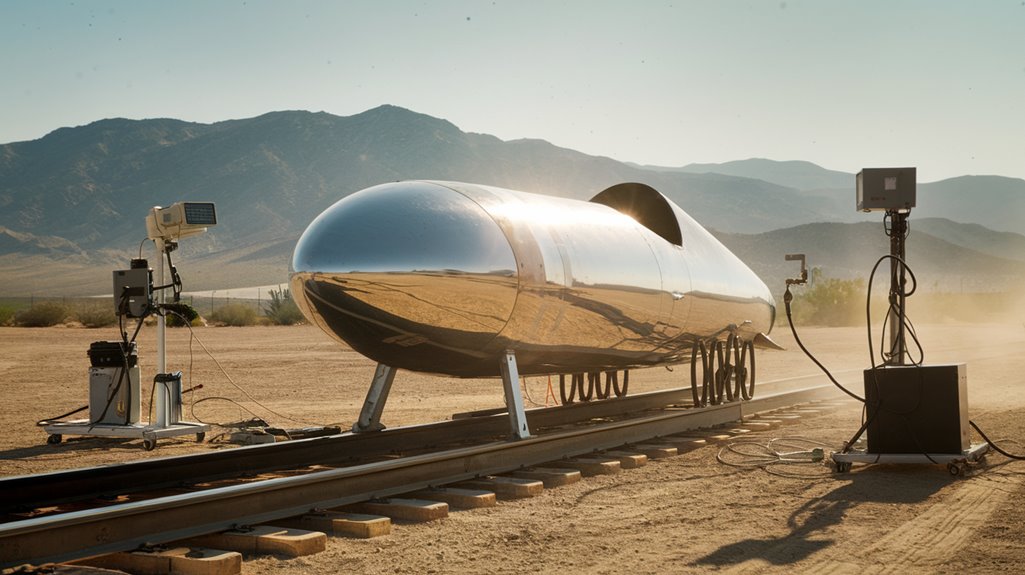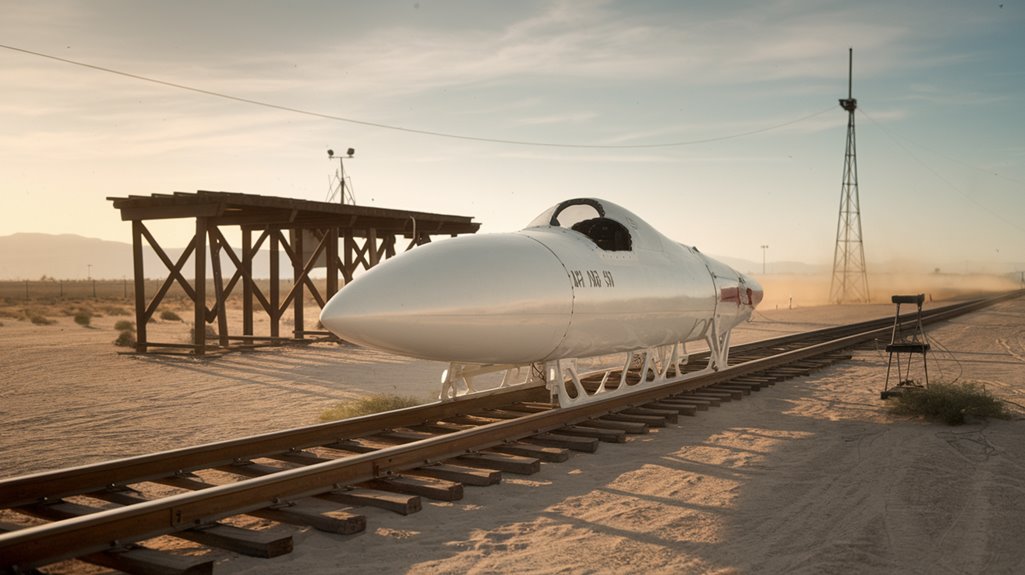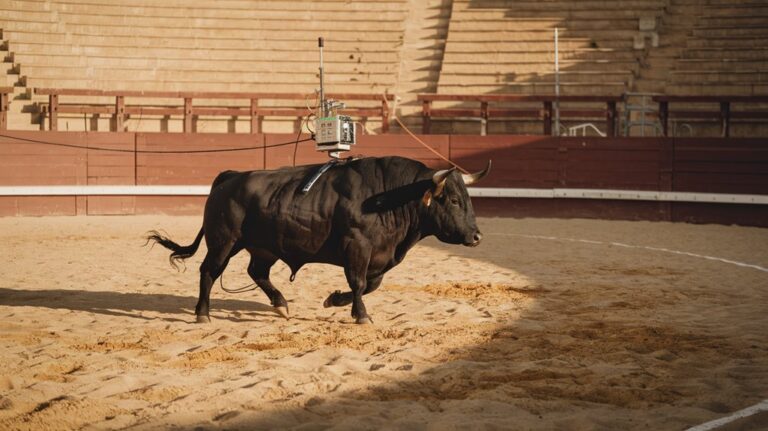Murphy’s Law’s Real Roots: High-Speed Sled Tests
You've likely quoted Murphy's Law during moments of frustration, but its true origin story packs more punch than the common misfortunes it's used to describe. While today you might invoke it over a dropped phone or burnt toast, this famous adage emerged from a potentially lethal engineering mishap during high-stakes military testing in 1949. The tale involves rocket-powered sleds, g-force experiments, and one very annoyed Air Force captain whose name would become synonymous with the universal tendency of things to go wrong in the worst possible way.
The Birth of a Legend

While most people know Murphy's Law as a simple adage about things going wrong, its origins trace back to a series of groundbreaking military tests in 1949.
At Muroc Army Air Field, you'd find some of the most daring experiments in aviation history: Project MX981's high-speed sled tests.
These revolutionary tests aimed to understand acceleration effects on pilots and develop safer ejection systems.
You'll be fascinated to learn that researchers initially used crash test dummies before Colonel John Stapp bravely volunteered as a human subject.
The experiments involved rocket sleds mounted on railroad tracks with hydraulic brakes, leading to vital safety innovations in both aviation and automotive industries.
These tests weren't just about pushing boundaries; they were about understanding human survival limits in extreme conditions.
Dr. Stapp endured forces reaching up to 36 Gs during these groundbreaking experiments.
The pioneering research eventually led Stapp to achieve a remarkable 632 mph on the ground, making him the fastest human on Earth at the time.
Engineering's Most Famous Mistake
During those groundbreaking sled tests at Muroc, a seemingly minor technical error would birth one of engineering's most enduring principles.
When technicians installed strain gauges backwards on a rocket sled harness, they unwittingly set the stage for Murphy's famous observation. The installation errors resulted in zero readings, rendering vital G-force data useless. Colonel John Stapp's dedication to the project led him to endure up to 35 Gs during subsequent successful tests.
Captain Edward Murphy's frustration with this preventable mistake led to his now-famous statement about things going wrong if given the chance. The research contributed to crash test developments that revolutionized automotive safety testing.
While initially seen as a criticism, his observation transformed into a fundamental principle of risk management. The incident pushed engineers to anticipate potential failures before they occur, leading to the development of fail-safe designs and rigorous testing protocols.
Today, this "law" continues to influence how engineers approach complex systems and safety measures.










